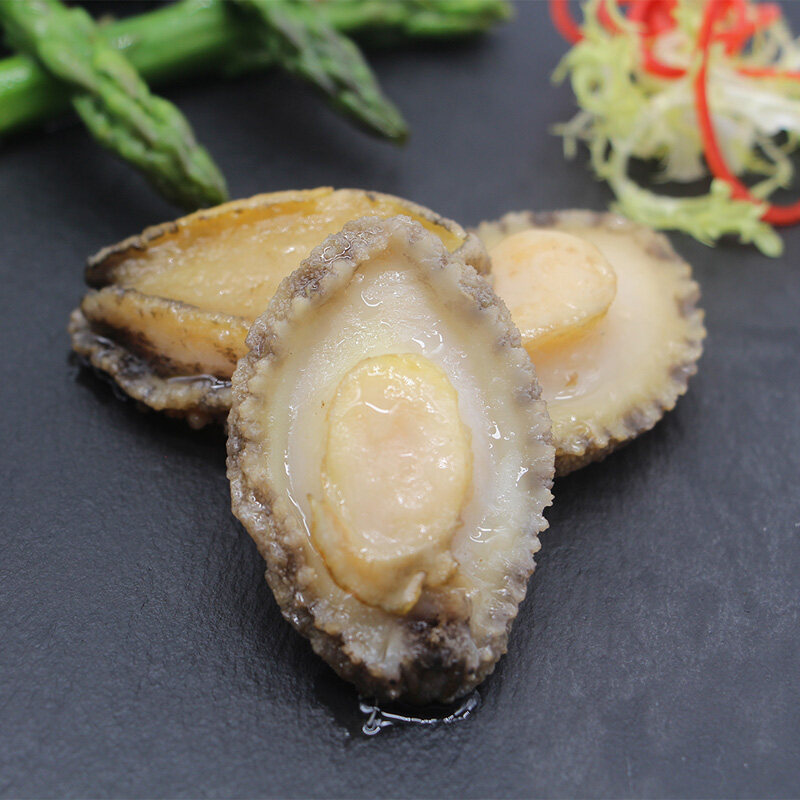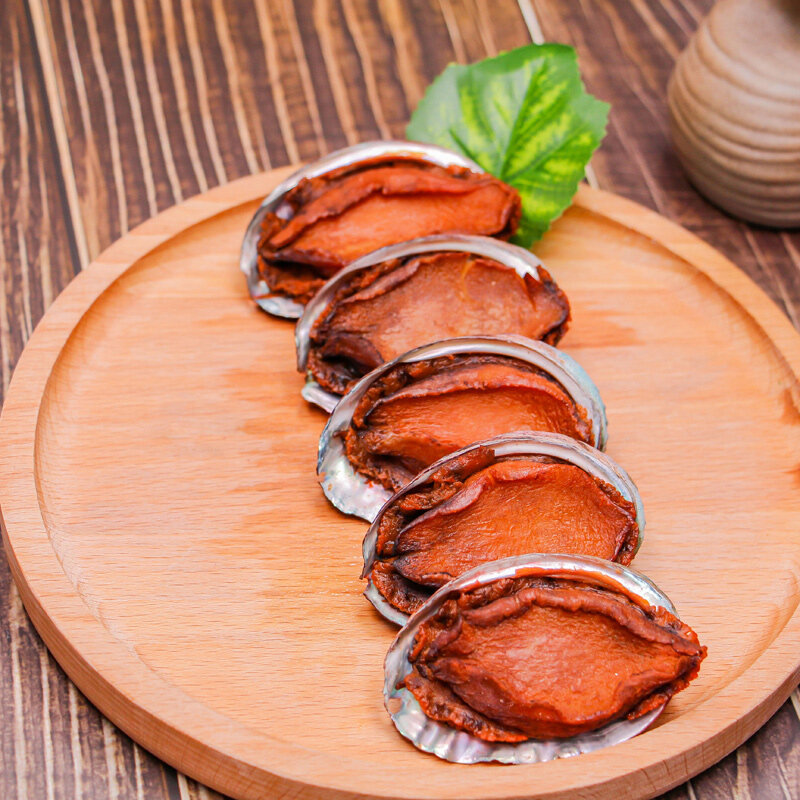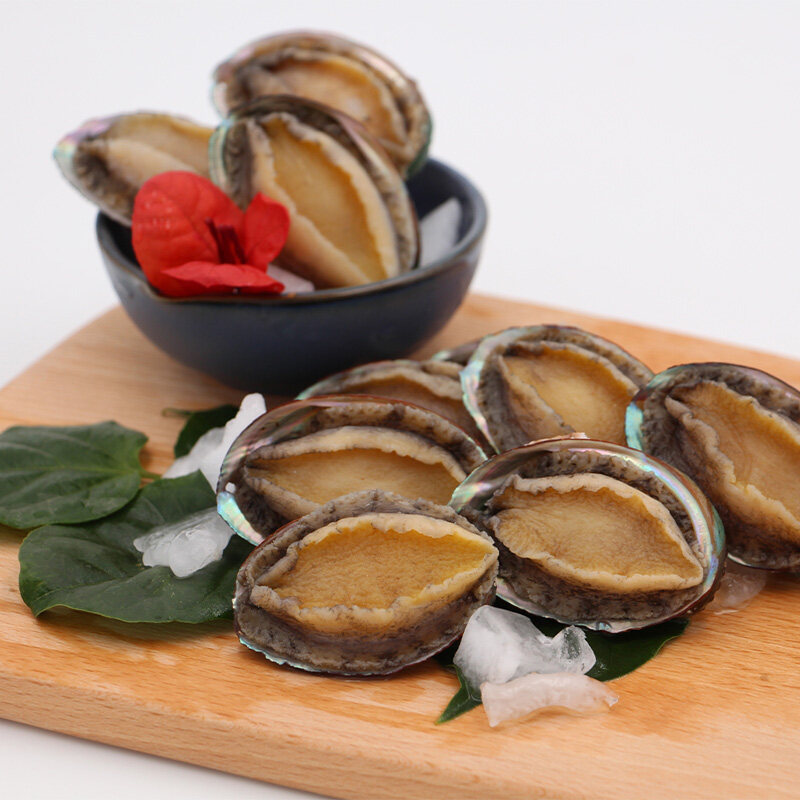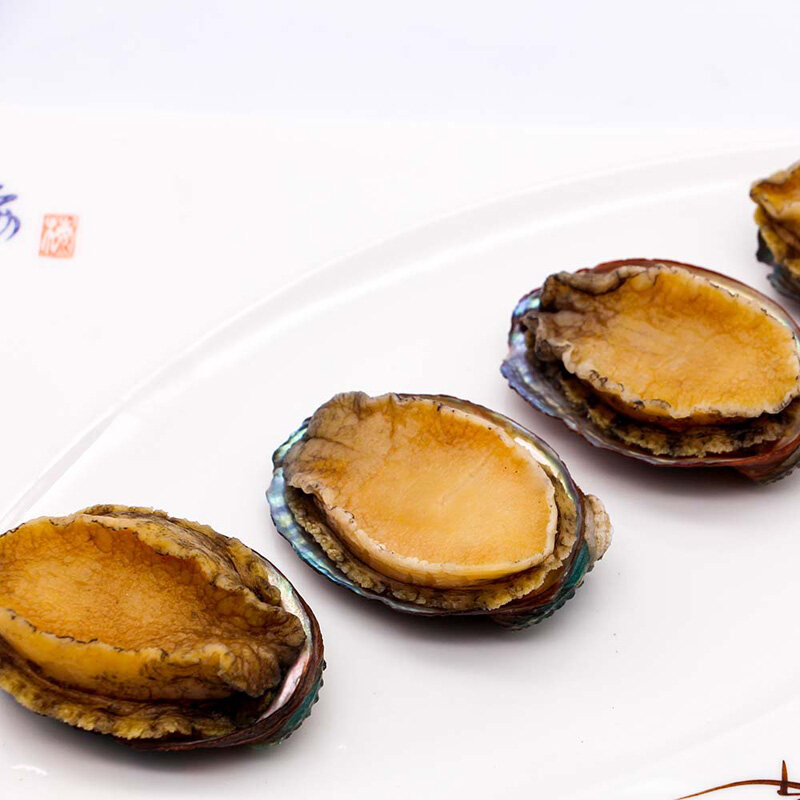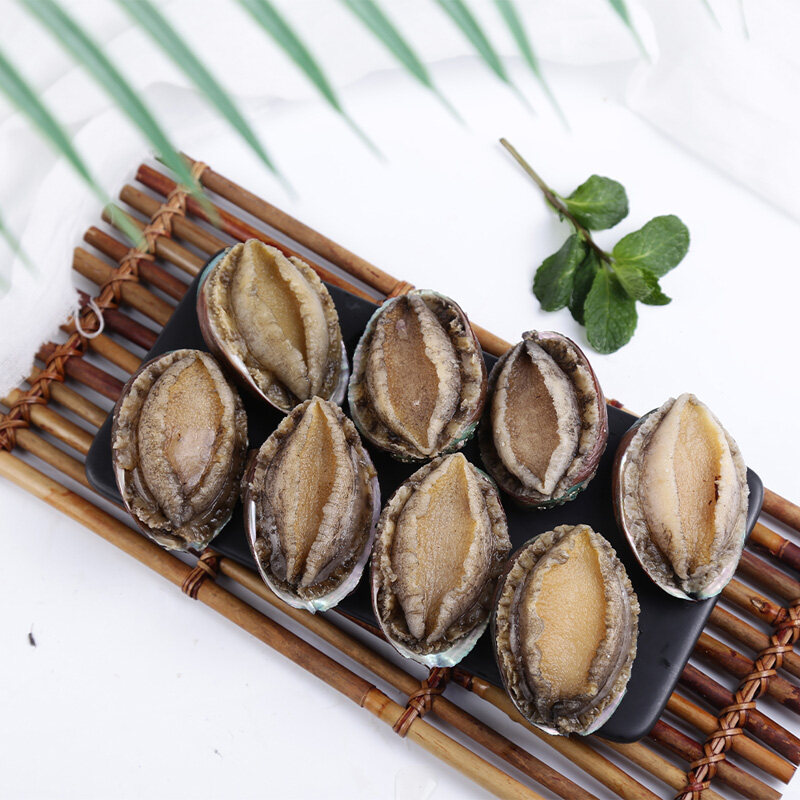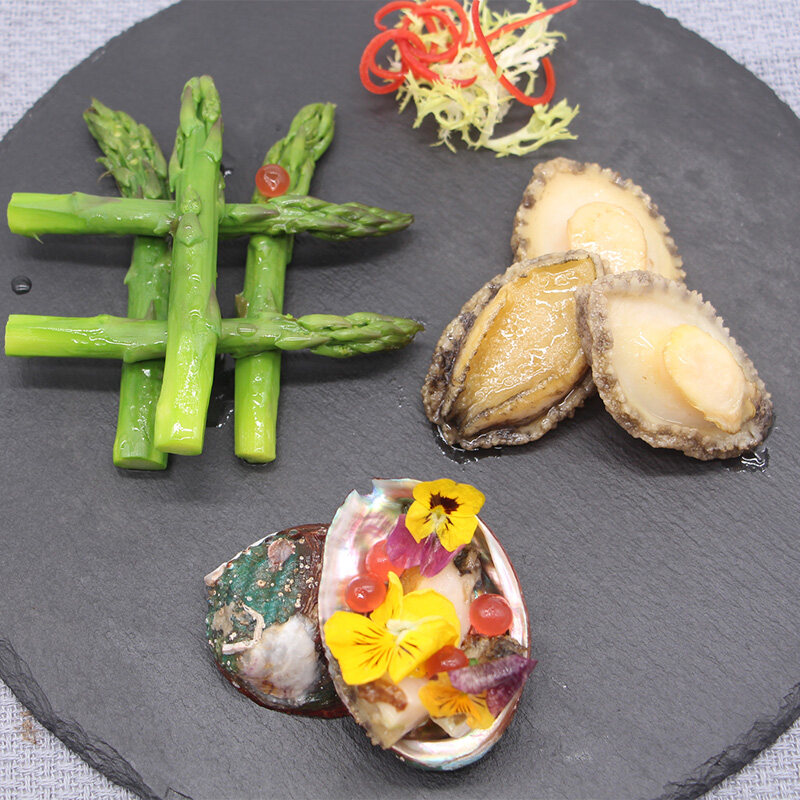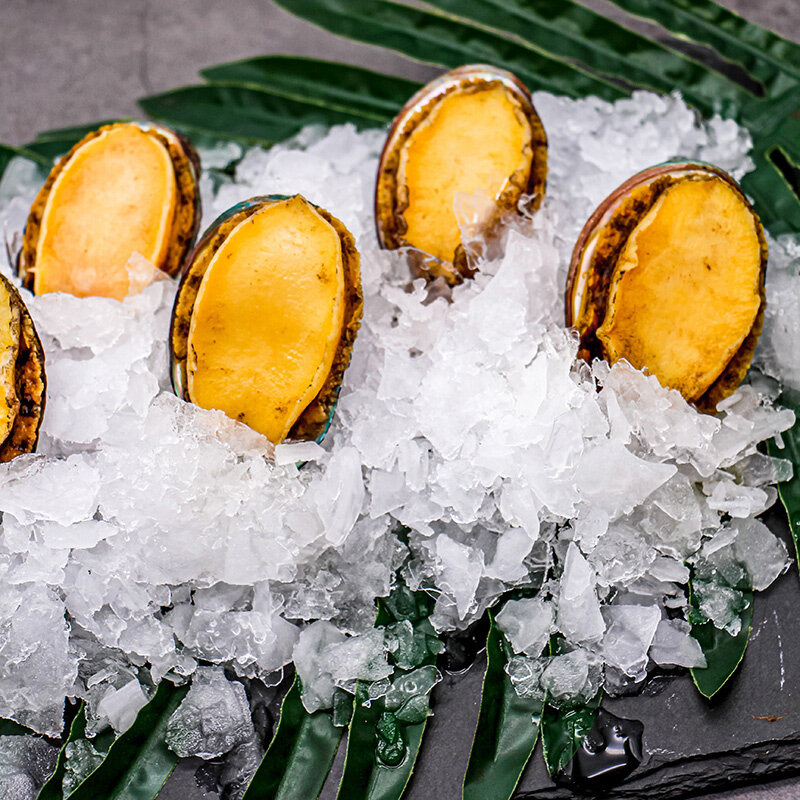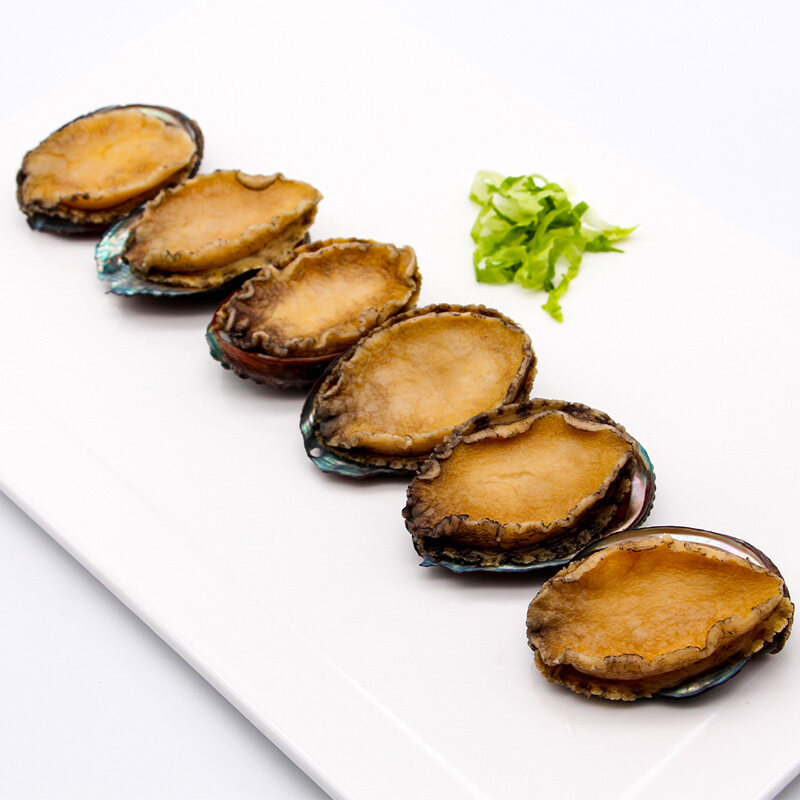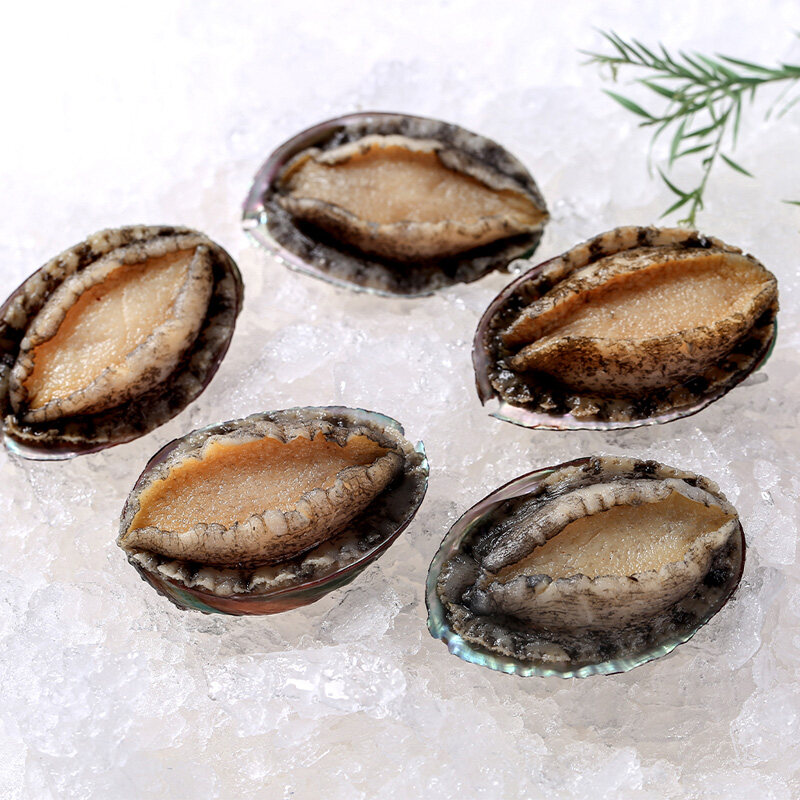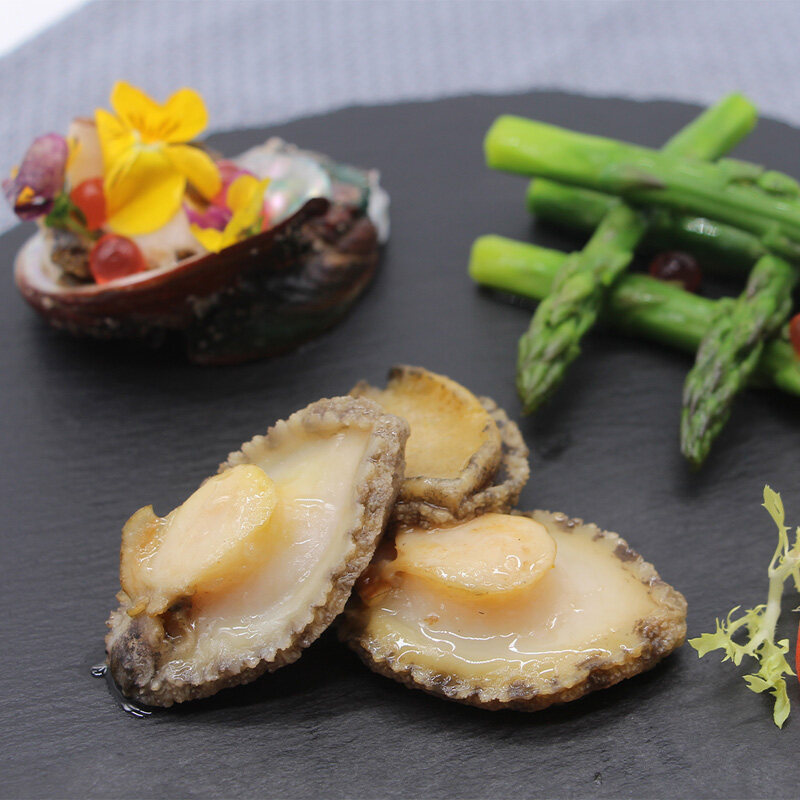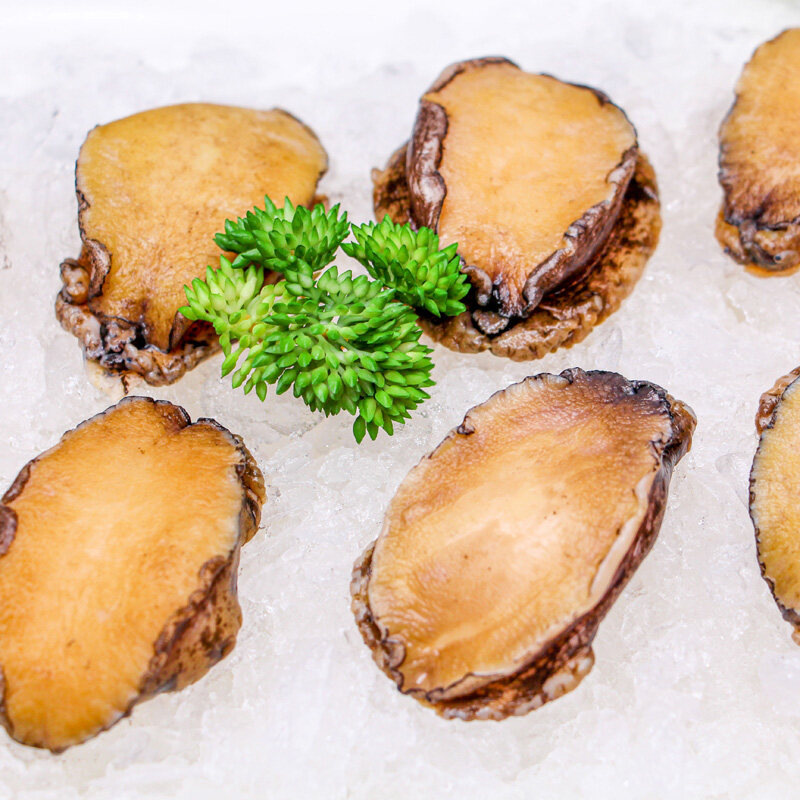Email cannot be empty
Password cannot be empty
Email format error
Email cannot be empty
Email already exists
6-20 characters(letters plus numbers only)
The password is inconsistent
Email format error
Email cannot be empty
Email does not exist
6-20 characters(letters plus numbers only)
The password is inconsistent

Abalone
Abalone
(15)Our raw abalone are grown with no antibiotics or hormones, and fed on an organic diet of dulse. They’re full of protein and essential minerals, while being low in fat and calories. And we have utilized the Individual Quick Freeze (IQF) technique process helps to minimize the nutrition damage caused by other freezing methods, so you don't have to sacrifice quality or the taste for convenience!
Selective Products: There will be two main catalogs here in TOSEA- Abalone with shell and frozen abalone meat. Do not be afraid, all the exporting abalone have passed the certifications of ISO, BRC, and HACCP.
Main ingredients: Pure Abalone in customized sizes and specifications.
Nutritional information - Abalone Serving Size: oz (85g), Calories:161, Total Fat: 5.8g, Saturated Fat:1.4g, Polyunsaturated Fat:1.4g, Monounsaturated Fat: 2.3g, Cholesterol: 80 mg, Sodium: 502 mg, Potassium: 241 mg, Total Carbohydrates: 9.4g, Dietary Fiber: 0g, Protein: 17g
Vitamin A: 0.1%, vitamin C:2.6%, Calcium: 2.4%, Iron: 18%. For reference only, nutritional data may differ slightly due to different cooking methods.
Area of use: Enjoy them however you like: sashimi-style, grilled, sautéd, boiled, pan-fried, or simmered in soups and sauces or abalone juice noodles.
Dried Abalone
Similar to caviar or truffles, dried abalone is an acquired, pricey taste. Chinese soups are given a unique flavour by using dried abalone. Compared to canned or frozen abalone, it has a sweeter flavour and a firmer texture. Each abalone has its own distinctive qualities, yet they all have something in common including texture, a robust flavour, umami, and a particular delicate seafood flavour.
Chinese cooked seasoned half shell abalone
The cleaned abalone meat needs to be tenderised, which is frequently accomplished by crushing it whole or in thick-cut steaks. Long, slow cooking techniques can also do this. Seasoning is often light because the delicate meat will absorb the flavours of the other items it is cooked with. Abalone is treated delicately as a delicacy and is frequently rapidly and gently cooked in a skillet, however it can also be steamed or poached. Additionally, it is consumed raw, especially in Japanese sushi.
High Quality Frozen Boiled Abalone with Shell
Boiled abalone is a live abalone that has been cleaned, blanched in high temperature water, shelled and viscera removed. Then boil the abalone with traditional Japanese sauce. The special sauce penetrates into the abalone, which is sweet and delicious with a unique flavor. Thaw and serve immediately!
Frozen Blanched Abalone Meat For Sale
Some people believe that abalone has a high cholesterol content, although this is untrue. Abalones have substantially lower cholesterol levels than prawns, octopuses, and cuttlefish. The health benefits of abalone are comparable to those of beef, pork, and chicken when consumed everyday. Calorie Count, the USDA, FSANZ, and a Chinese health research institute all provide nutrition data.
Ex-factory price wholesale abalone without guts and blanched with shell
Abalone is rich in protein. Abalone has the functions of nourishing, beautifying, regulating blood pressure, nourishing the liver and improving eyesight, nourishing yin and clearing away heat. In particular, it has a strong effect of nourishing yin and improving eyesight, and is suitable for people with poor eyesight.
Gutted and Blanched Abalone With Shell
You may now quickly and gently defrost your frozen abalone if you're ready to consume it. Get rid of the idea of attempting to forcefully defrost it in a microwave or at room temperature because you'll only give yourself more trouble.
Gold Supplier Direct Sale Frozen Boiled Abalone Meat
Various dishes often feature abalone, which is a special mollusc shell. In continental Latin America, especially Chile, East Asia, especially Korea, China and Japan, and Southeast Asia, abalone has influenced the unique qualities of the inner shell and rough shellfish.
Frozen Boiled Half Shell Abalone
Abalone must be frozen to keep it safe to eat, whether it is cooked, tinned, or uncooked. You can experiment with some new dishes that will sate your cravings while also providing your body with a number of health benefits.
Frozen Blanched Abalone With Shell
Similar to fresh abalone, frozen abalone has a crisp texture when consumed uncooked. However, this will also vary depending on whether the abalone was farmed or harvested from the ocean in the wild.
Frozen Cooked Gutted Abalone With Shell
The advantages of abalone include its high protein content and mix of necessary vitamins and minerals. These consist of beta carotene, calcium, iron, potassium, and zinc. Low levels of fat and virtually no cholesterol are present. It is possible to eat fresh abalone uncooked or cooked like a clam, however grilling seems to enhance the flavour.
High quality Reasonable price Delicious Dried Abalone
"Dried abalone" generally takes a long time to cook, and it needs to be cooked repeatedly with refined topping soup, so that "dried abalone" can fully absorb the taste of other ingredients, so the fragrance is strong and the meat is sweet and tender.
Frozen Fresh Abalone Meat
An assortment of meals frequently feature abalone, a particular kind of mollusk shell. In continental Latin America, particularly Chile, East Asia, particularly Korea, China, and Japan, as well as Southeast Asia, abalone has influenced the peculiar qualities of the inner shell and coarse shellfish.


